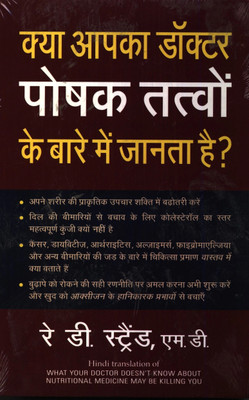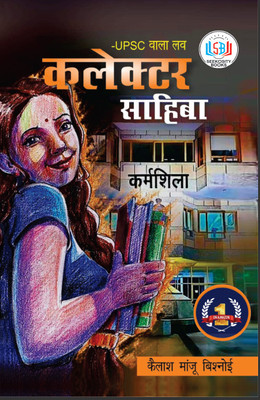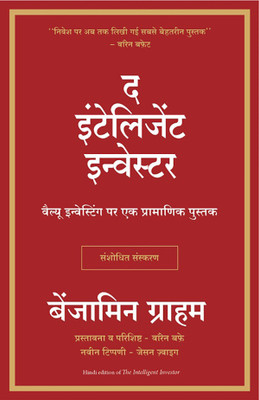
India's History, India's Raj : Essays in Historical Understanding (Hardcover, Robert Eric Frykenberg)
Share
India's History, India's Raj : Essays in Historical Understanding (Hardcover, Robert Eric Frykenberg)
Be the first to Review this product
Special price
₹1,957
₹1,995
1% off
Coupons for you
T&C
Available offers
T&C
T&C
T&C
T&C
Delivery
Check
Enter pincode
Delivery by16 Nov, Sunday
?
View Details
Highlights
- Binding: Hardcover
- Publisher: Primus Books
- ISBN: 9789391144449
- Edition: 2023
- Pages: 744
Services
- Cash on Delivery available?
Seller
Description
India’s History, India’s
Raj: Essays in Historical Understanding
highlights the myriad facets
in the story of how Indians themselves
participated in the construction not only of
the Indian Raj but of Indian history. Due
to distortions, omissions, or ideological
bias, much of this story remains unbalanced
or simply misunderstood. Never before in history has the whole
‘continent’ of geographic India, surrounded
by mountain ranges to the north and
oceans to the south, been unified under
a single political system. That is—until
modern times. However long each monarch reigned, neither lasted their entire length of the political system over which they ruled. Maurya Empire began with Chandragupta and lasted beyond Ashoka; and Mughal rule began with Babur and Humayun and lasted beyond Aurangzed. Yet, some micro-systems, such as villages, defied this trend and
continued to flourish. How and why was
this so? Within the pages of this volume
are essays that, in one way or another, and
from one perspective or another, seek to
address this central question. Whatever
the size or durability of a given political
system, and however much rulers from
outside India might have had a hand in
its development, each political system was
mainly the product of Indian manpower,
Indian money, and Indian methods. The
resulting structures were invariably a hybrid
of cultures precariously melded together
to achieve something larger. So much so
that an amalgamated Indian-English (or
‘Indish’) language, and an ‘Anglo-Indian’ to ‘Indo-British’ culture spread
over the entire subcontinent, and is still
active and alive today, as are thick layers of
blended Sanskritic and Persianate cultures
that pervade and persist across almost all of the Indian
subcontinent.
Read More
Specifications
Book Details
| Publication Year |
|
Contributors
| Author Info |
|
Be the first to ask about this product
Safe and Secure Payments.Easy returns.100% Authentic products.
Back to top









